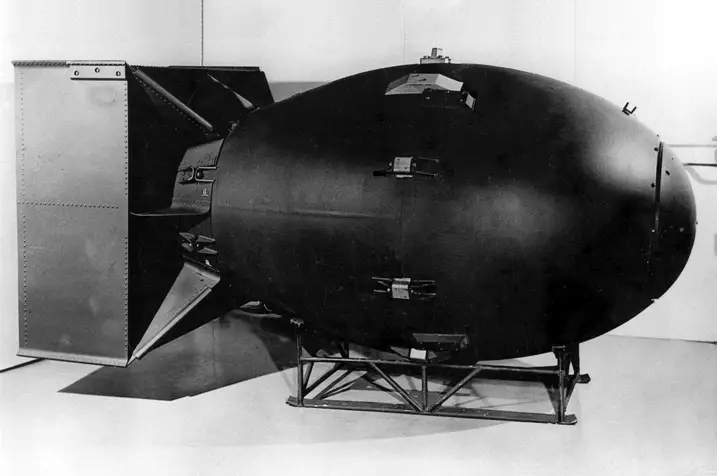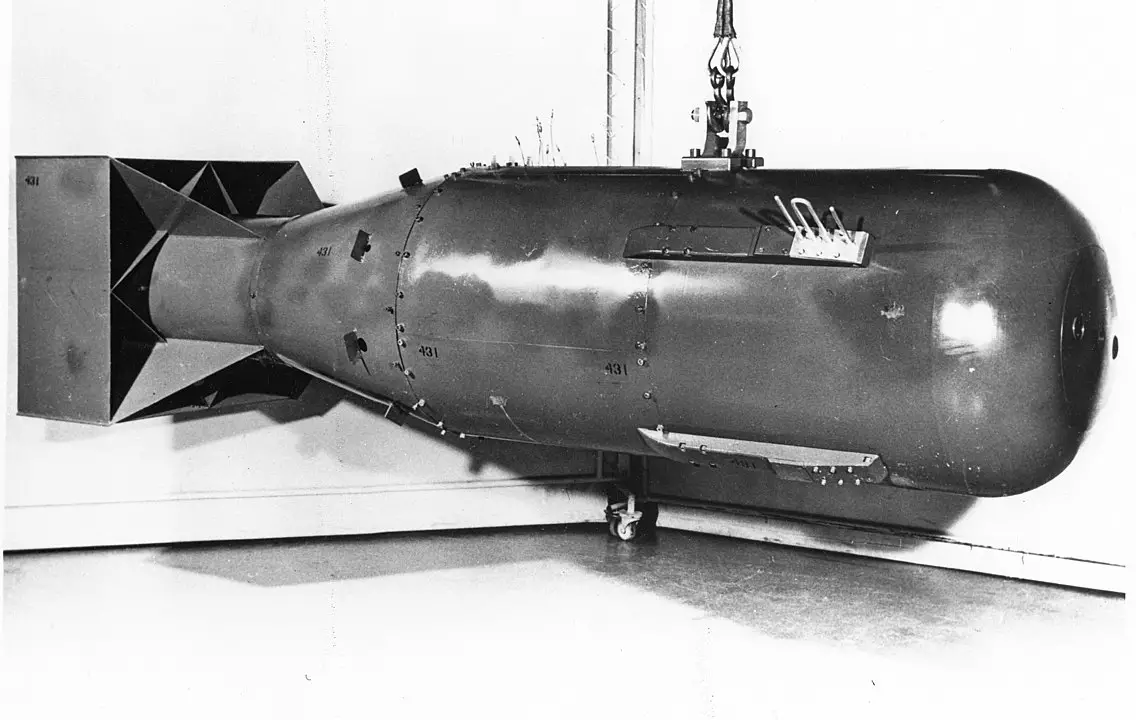Few events in history are as charged with a blend of scientific achievement and ethical quandary as the deployment of atomic bombs on Hiroshima and Nagasaki, Japan, in August 1945. This marked the only time that nuclear weapons have been used in warfare, leading to the end of World War II. This article focuses on the second of these two bombs, codenamed “Fat Man”, which detonated over the city of Nagasaki on August 9, 1945.
Behind the devastating impact of “Fat Man” lies a wealth of historical, scientific, and sociopolitical facts that make its story fascinating, albeit somber.
- Development: “Fat Man” was developed under the Manhattan Project, an American-led effort to create atomic weapons during World War II.
- The Codename: The bomb was named “Fat Man” in reference to the rotund British Prime Minister Winston Churchill.
- Design: It was a plutonium-based implosion device, different from the uranium-based gun-type device used in the “Little Boy” bomb dropped on Hiroshima.
- Plutonium Core: The core of “Fat Man” was made of plutonium-239, produced in nuclear reactors at Hanford, Washington.
- Bomb Casing: The bomb’s outer shell was painted a bright yellow-orange to aid in tracking its fall.
- Dimensions: The bomb was about 10.5 feet long and 5 feet in diameter, hence the nickname “Fat Man”.
- Weight: It weighed about 10,300 pounds (4,670 kilograms).
- Detonation Altitude: “Fat Man” detonated approximately 1,650 feet (500 meters) above Nagasaki to maximize its destructive force.
- Explosive Yield: The bomb had an explosive yield of around 21 kilotons of TNT, over 40% more powerful than the “Little Boy” bomb.
- The B-29 Bomber: The B-29 bomber that dropped “Fat Man”, named Bockscar, is on display at the National Museum of the United States Air Force in Dayton, Ohio.
READ MORE: 25 Interesting Facts about “Little Boy”, the Atomic Bomb Dropped on Hiroshima - Flight Crew: The crew of Bockscar was composed of 13 men, led by Major Charles W. Sweeney.
- Weather Conditions: Cloudy weather over the initial target, Kokura, led the crew to choose the secondary target, Nagasaki.
- Delivery: The bomb was dropped at 11:02 a.m. local time, and it exploded 43 seconds later.
- Casualties: The initial blast killed an estimated 40,000 people, with total deaths, including those due to radiation exposure, estimated between 70,000 and 75,000.
- Survivors: People who survived the bombing are known as “hibakusha”, a Japanese term meaning “explosion-affected people”.
- Radiation Diseases: Many survivors suffered from acute symptoms of radiation disease, including burns, radiation sickness, and longer-term impacts like cancer and other diseases.
- Japanese Surrender: Six days after the bombing of Nagasaki, Japan announced its surrender, marking the end of World War II.
- No Third Bomb: While a third bomb was being prepared, Japan’s surrender made its use unnecessary.
- Bombing Controversy: The bombings of Hiroshima and Nagasaki are considered by many as controversial due to the immense civilian casualties and long-lasting effects of radiation.
- Nuclear Non-Proliferation: The bombings played a significant role in shaping global attitudes towards nuclear weapons, eventually leading to the Nuclear Non-Proliferation Treaty in 1968.
READ MORE: 25 Interesting Facts About the “Nuclear Winter” Theory - Nagasaki Peace Park: Today, the Nagasaki Peace Park and Museum stand near the hypocenter of the explosion as reminders of the devastating effects of nuclear warfare.
- Fat Man Replicas: Replicas of “Fat Man” are on display at several locations, including the National Atomic Testing Museum in Las Vegas.
- The Trinity Test: The design of “Fat Man” was first tested in the Trinity test in New Mexico on July 16, 1945.
- Plutonium Shortage: The implosion design was favored for future nuclear weapons because it required less plutonium, which was difficult to produce.
- Nuclear Age: The dropping of “Fat Man” on Nagasaki, along with “Little Boy” on Hiroshima, heralded the dawn of the Nuclear Age, profoundly influencing global politics, defense strategies, and scientific research in the post-war era.
READ MORE: 25 Interesting Facts About the Concept of “Nuclear Deterrence”
The story of “Fat Man” provides a sobering reflection on human ingenuity, ambition, and the complex ethical dilemmas posed by technological advancements. The memories of Hiroshima and Nagasaki remain as compelling reminders of the need for nuclear disarmament and the pursuit of peace.


